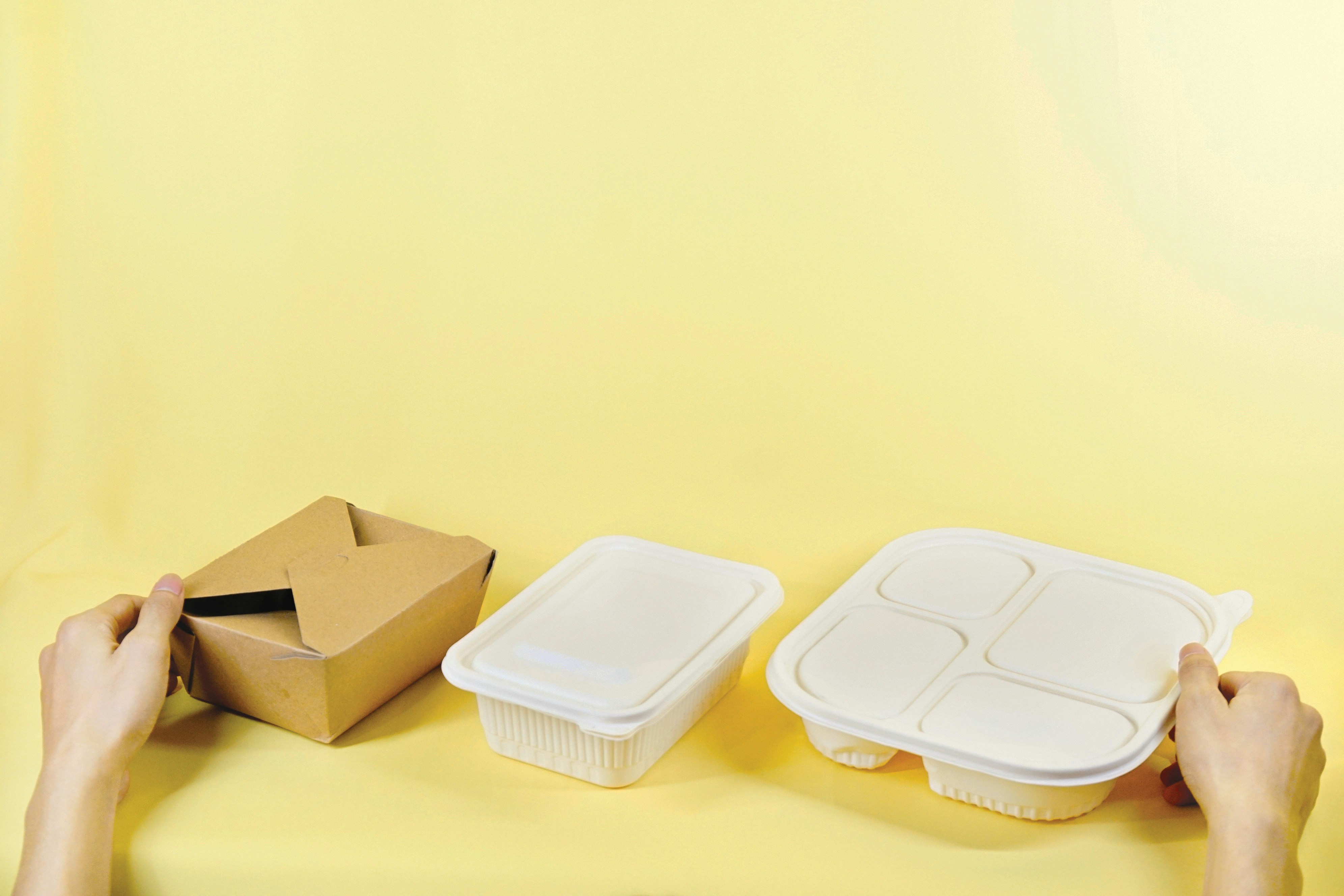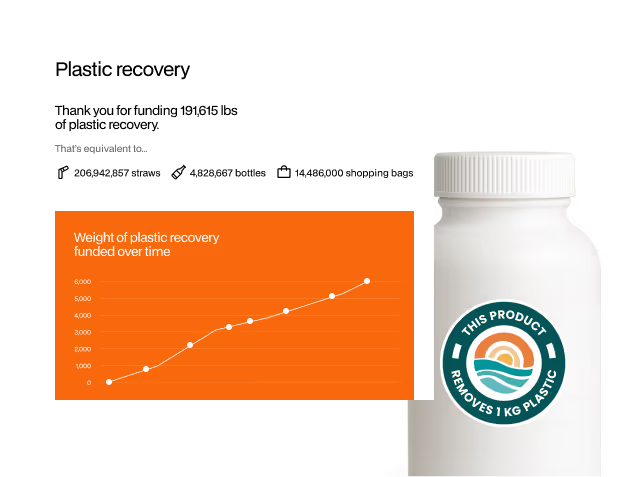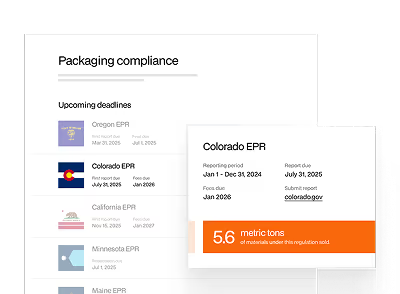Why should brands consider reducing the amount of plastic they use in products and packaging?
It's not about following the latest trend or ticking a sustainability box—it's about making smart business decisions that protect the planet, future-proof brands, and resonate with consumers.
Plastic pollution is a global crisis, with devastating effects on ecosystems and wildlife. It is everyone’s responsibility to take action, and stop this situation from escalating. Reducing plastic footprints of products, brands and businesses, is a critical step. Both reducing plastic use, and building infrastructure to deal with existing (and increasing) levels of waste need to go hand in hand.
No brand wants to damage the environment. But no country recycles 100% of its plastic. Creating a strategy to reduce virgin plastic use within your organization is therefore needed to prevent plastic waste from leaking into nature and/or becoming pollution. Reduction often represents a prevention of plastic pollution.
On top of that, the full picture of negative effects that plastics have on human health are not quite known. Microplastics have been found in water, food, and even animals and human bodies. Reducing plastic exposure can be in the best interest of businesses as we learn more and more the health consequences.
But the good news is that ‘doing the right thing’ also helps brands to stay ahead of the curve. As regulations around plastic use continue to be introduced around the globe, brands that have already embraced sustainable practices will be in a better position to adapt and thrive. Some policies (existing and upcoming) are: Extended Producer Responsibility (EPR), minimum recycled content mandates, and “essential requirements” on different types of chemicals found in plastics.
By investing in innovative packaging alternatives sooner, brands can set themselves up for long-term success, and differentiate themselves from the competition. For companies concerned about net zero emissions, reducing virgin plastic footprint could, in turn, reduce their carbon footprint. A life cycle assessment (LCA)can help reveal some of the complexities around how these interact, but direct reductions in virgin plastic are likely to support the reduction of carbon impact too.
There are potentially short-term costs associated with a move away from plastic. But this might be offset by shifts in consumer preferences that drive sales. Today's shoppers are more environmentally conscious than ever before, and there’s more and more evidence that consumers - across income bands and across countries - are doing what they can to actively seek out brands that share their values. By cutting down on plastic, brands are meeting consumer expectations and building trust and loyalty with their audience.
A reduction strategy can also help to drive the circular economy through reducing inputs, contributing directly to reuse, and/or supporting a more sustainable supply of recycled material. In short, reducing plastic is a strategic business move that can benefit the planet and the business. By prioritizing plastic reduction strategies, brands are meeting the expectations of today's consumers and pioneering the future of industry.
.avif)
What does a plastic reduction strategy look like?
A plastic reduction strategy is a tool that sets internal goals and commitments for a company to reduce their overall virgin plastic usage over time.
There are five principles of setting a high quality reduction strategy. Strategies must be:
- Informed: Utilize plastic use data to prioritize initiatives that have a significant impact on the reduction of plastic waste.
- Measurable: Focus on clearly defined and quantifiable metrics to enable consistent measurement, reporting, and monitoring.
- Precise: Define goals and milestones for specific products, product lines, activities or processes.
- Comprehensive: Consider the entire value chain and all product categories.
- Timely: Select a clear baseline year and commit to ambitious but achievable targets for reduction.
By following a strategy that was created with each one of these principles in mind, there is huge potential to affect change within your packaging components and materials, and decrease your negative impacts on the environment.
A starting point of any strategy is to create a baseline: calculate how much plastic your business uses (e.g. per year), i.e. your plastic footprint. This allows progress to be tracked. A comprehensive baseline analysis of products’ plastic use can also build your understanding of what SKUs, materials, and polymers are the most impactful to target in your reduction plan. Measuring a baseline and tracking progress helps businesses to report sustainable actions and boosts transparency and trust with stakeholders.
Although reducing virgin plastic is the ultimate goal of a plastic reduction strategy there are lots of different ways this can be achieved.
- Direct reduction (e.g. removing plastic from products and packaging completely)
- Reuse (i.e. opportunities for materials to be used more times than before - reducing the need for new, ‘virgin’ plastic to be used)
- Recyclability (e.g. switching to more recyclable materials and reducing virgin plastic inputs).
It is both a challenge and business opportunity to push the status quo.
Read our blog Strategies for reducing plastic use to explore deeper the different tactics like direct reduction, reuse, and recyclability to achieve plastic reduction goals.


.png)
.avif)

.png)






